| Structure | Name/CAS No. | Articles |
|---|---|---|
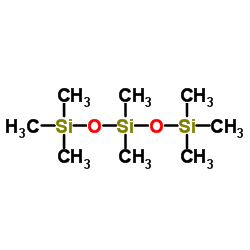 |
Octamethyltrisiloxane
CAS:107-51-7 |
|
 |
Hexamethyldisiloxane
CAS:107-46-0 |
|
 |
Methanol
CAS:67-56-1 |
|
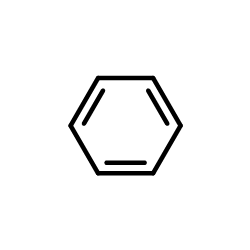 |
benzene
CAS:71-43-2 |
|
 |
pentanol
CAS:71-41-0 |
|
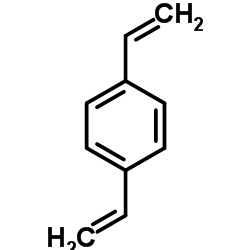 |
Divinylbenzene
CAS:1321-74-0 |
|
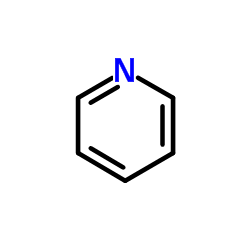 |
Pyridine
CAS:110-86-1 |
|
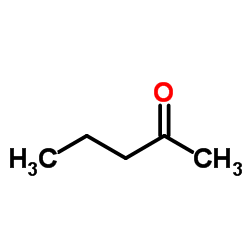 |
Pentan-2-one
CAS:107-87-9 |
|
 |
Styrene
CAS:100-42-5 |
|
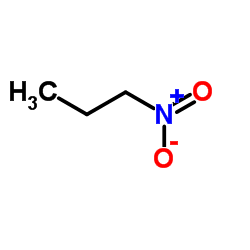 |
1-Nitropropane
CAS:108-03-2 |